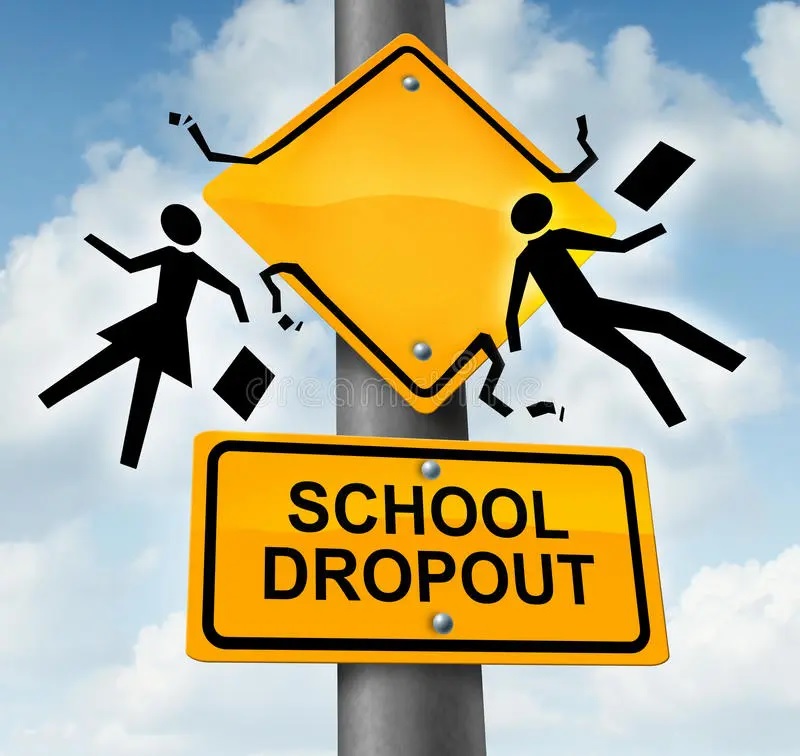Exclusive
Scripts published here are subject to copyright
Meghalaya is confronting a pressing issue of high school dropout rates, with the Education Department undertaking several reforms to tackle the problem. Among the key measures is the revival of non-functional residential schools and the establishment of new Eklavya Model Residential Schools (EMRS), which are expected to be transformative.
According to the 2023-24 SDG Index report, Meghalaya has the highest annual dropout rate in the region at the secondary level (classes 9-10), standing at 21.7%. Swapnil Tembe, IAS, Director of School Education & Literacy and State Project Director, Samagra Shiksha (SEMAM), highlighted access to schools as one of the primary reasons for this alarming statistic.
“So dropouts, there are many reasons. We have done a survey, and the major reason is access to schools because we have around 9,000 Lower Primary schools out of the 14,000 schools in a small state like Meghalaya. If you combine them with Upper Primary, there are 12,000 elementary schools, but only thousands are secondary schools and around 420 are higher secondary schools. So you can see the first problem is access,” Tembe told Meghalaya News 24.
To address the issue, the department has prioritized reviving residential schools. “For that, we are trying to revive many residential schools which were made earlier but not functional. We have made a society to look into that,” he said.
Tembe also announced the approval of 38 new EMRS, which aim to provide quality education through a residential model. “We are also happy to share that this state has received approval for 38 EMRS, which are the Eklavya Model Residential Schools. Those will be a game changer because they are class 6 to class 12 residential models, like JNV. If they are started in all the blocks, all the children can go there. So that is a big step,” he stated.
To strengthen educational infrastructure, the department is taking a phased approach to upgrading schools. “We are trying to upgrade as much as we can—Upper Primary schools to secondary and secondary schools to higher secondary in a phased manner,” Tembe added.
He also acknowledged that some students leave school due to a lack of interest in traditional education, opting instead to work or acquire skills. To address this, the state has expanded its partnership with the National Institute of Open Schooling (NIOS).
“Earlier, there were only 25 (NIOS) centers. We have signed a MoU with NIOS, and now there are 51 centers. So at least they can get their class 10 or class 12 by appearing in these exams, and they can apply for future opportunities like IGNOU or open distance graduation,” he explained.


